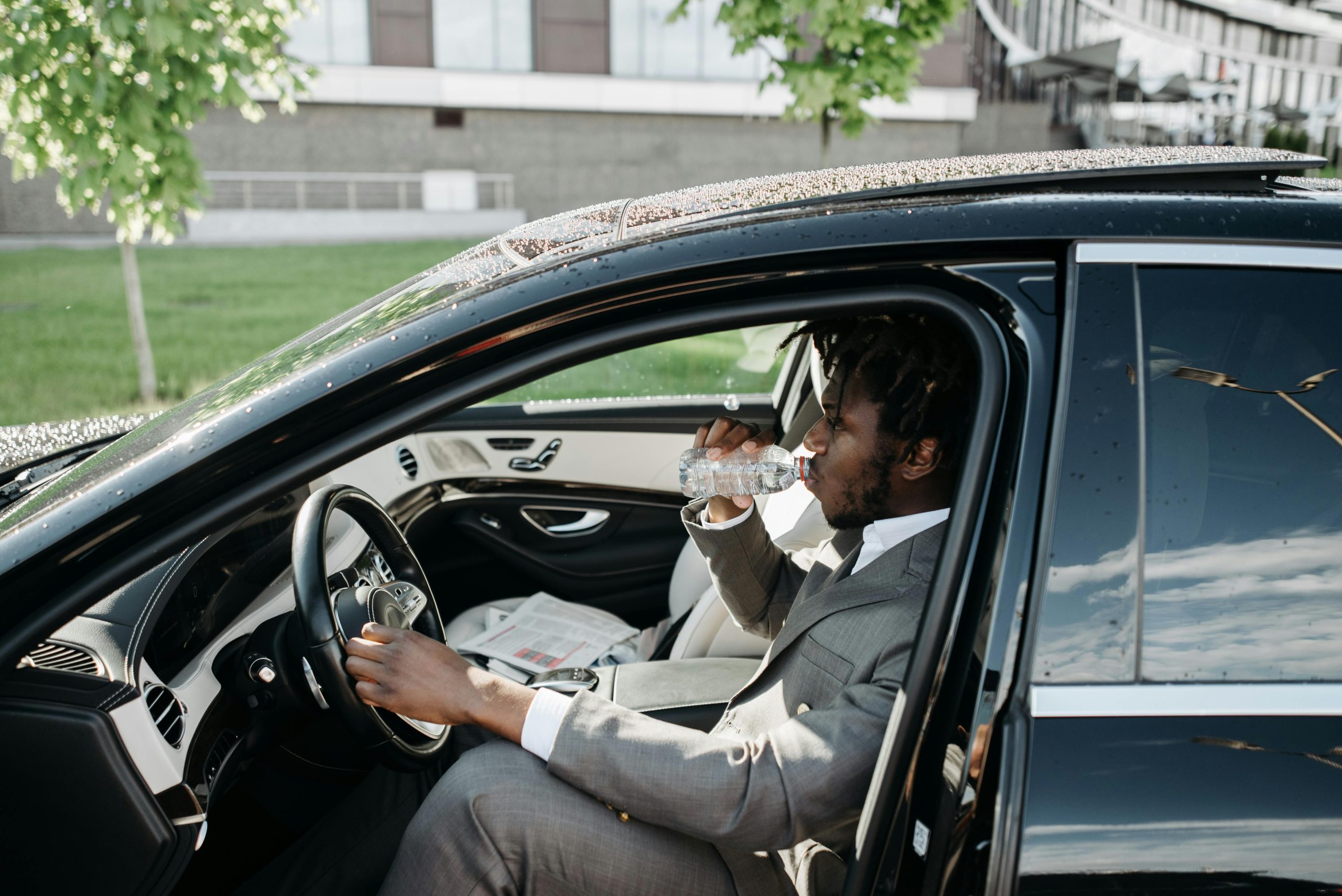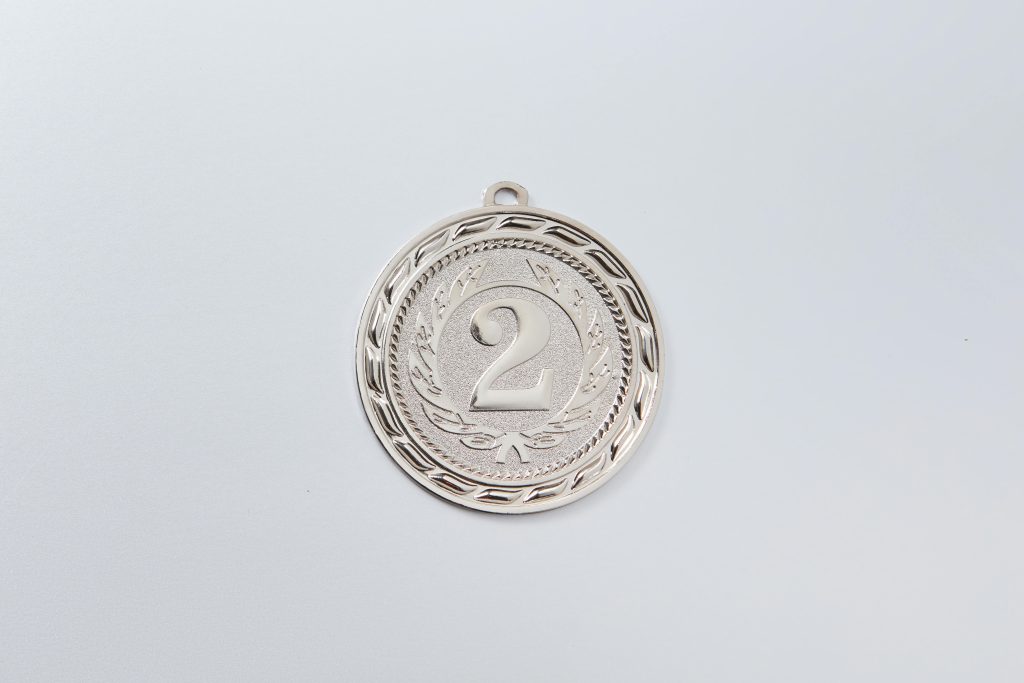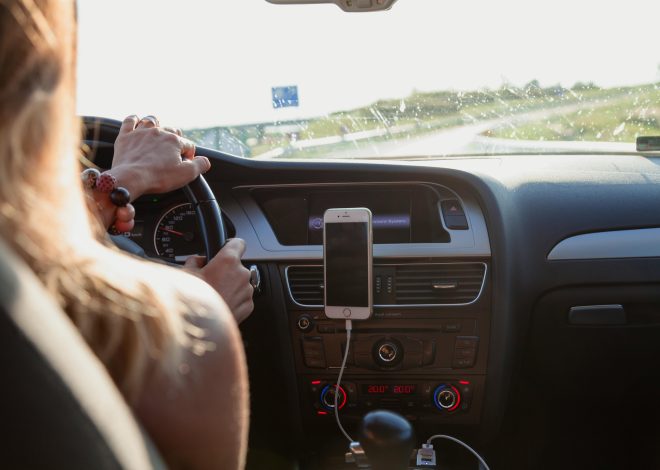
How Does the Two-Second Rule Improve Road Safety?
Introduction
Every driver wants to stay safe on the road, but even experienced drivers can overlook one of the most critical aspects of driving: following distance. One simple rule — the two-second rule — can dramatically improve your safety, prevent accidents, and save lives.
In this post, we’ll break down exactly how the two-second rule works, why it’s so effective, and how you can easily apply it every time you get behind the wheel.
What Is the Two-Second Rule?
The two-second rule is a simple guideline for maintaining a safe following distance between your vehicle and the one ahead of you.

How it works:
- Choose a fixed point on the road ahead (such as a signpost, tree, or overpass).
- When the car in front of you passes that point, start counting: “One thousand one, one thousand two.”
- If you reach that point after you finish counting, you’re following at a safe distance.
- If you reach the point before you finish, you’re following too closely and should increase your distance.
Key takeaway:
The rule isn’t about speed or road type — it’s about reaction time.
Why Is Following Distance So Important?
Allows Adequate Reaction Time
Accidents often happen because drivers don’t have enough time to react to sudden stops, obstacles, or unexpected behavior from other drivers.
- The average reaction time for a driver is about 1.5 to 2 seconds.
- The two-second rule gives you just enough time to perceive danger and respond accordingly.
Prevents Tailgating Collisions
Rear-end collisions are one of the most common types of traffic accidents. A safe following distance drastically reduces this risk.
Provides Visibility
By keeping your distance, you maintain a clear view of the road ahead, allowing you to spot hazards sooner.
Reduces Stress and Aggression
Following too closely often leads to anxiety, frustration, and aggressive driving. The two-second rule promotes calm, defensive driving.
The Science Behind the Two-Second Rule
Reaction Time + Stopping Distance = Safety
Stopping distance is made up of:

- Perception distance: Time it takes to recognize a hazard.
- Reaction distance: Time it takes to move your foot from the gas to the brake.
- Braking distance: Time it takes for the car to actually stop.
At 60 mph (96 km/h), the total stopping distance can exceed 300 feet (91 meters). The two-second rule helps ensure you have enough space to stop safely within that distance.
Example:
- You’re driving at 60 mph.
- You cover 88 feet per second.
- Two seconds gives you roughly 176 feet of space—plenty of room to react and stop.
When Two Seconds Isn’t Enough
While the two-second rule works well in ideal conditions, there are times when you should allow even more space:
| Condition | Recommended Following Time |
|---|---|
| Wet or slippery roads | 4 seconds |
| Poor visibility (fog, heavy rain) | 4–6 seconds |
| Night driving | 4 seconds |
| Towing a trailer | 4–5 seconds |
| Driving behind large vehicles (limited visibility) | 4+ seconds |
General Rule: When in doubt, add more seconds.
Common Myths About Following Distance
Myth 1: My anti-lock brakes will save me.
ABS helps control the vehicle but doesn’t shorten stopping distance significantly.
Myth 2: I drive better than most; I don’t need extra space.
Even expert drivers need reaction time. Road hazards don’t discriminate.
Myth 3: Traffic won’t let me keep that much distance.
While busy traffic may reduce space, always aim for as much cushion as possible to maximize your safety.
Real-Life Analogy

Think of driving like dancing.
In ballroom dancing, you need enough space to move without stepping on your partner’s toes. Following too closely is like dancing too tightly — one wrong step, and you both stumble. The two-second rule provides the room you need to stay graceful and avoid missteps.
How to Build the Two-Second Habit
- Practice every time you drive.
- Teach new drivers in your family to apply the rule.
- Use the counting method at varying speeds and road conditions.
- Set a mental reminder when traffic gets heavy.
Pro Tip:
Many modern vehicles now feature adaptive cruise control, which automatically maintains a safe following distance—essentially automating the two-second rule!
Statistics That Prove Its Importance
- According to the NHTSA, rear-end collisions account for nearly 30% of all crashes.
- Driver inattention and following too closely are among the top causes.
- Studies show that drivers who consistently maintain safe following distances experience significantly fewer accidents.
Conclusion
The two-second rule is one of the simplest and most effective habits any driver can adopt to improve road safety. By maintaining enough space between you and the vehicle ahead, you gain crucial reaction time, reduce your risk of collisions, and create a safer, less stressful driving experience for everyone on the road.
Remember:
Safe driving isn’t just about how you drive—it’s about how much time and space you allow yourself to react.



